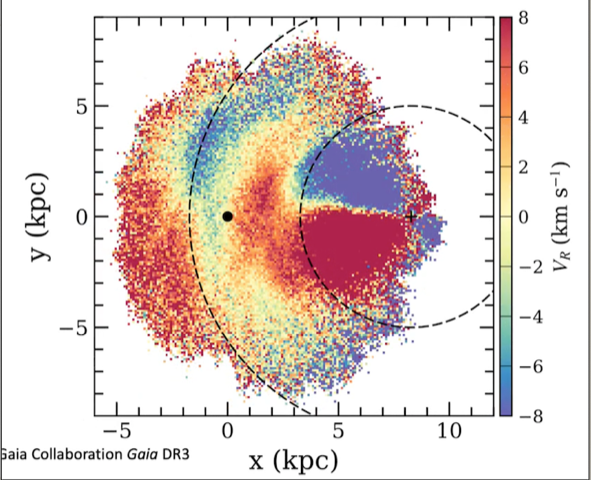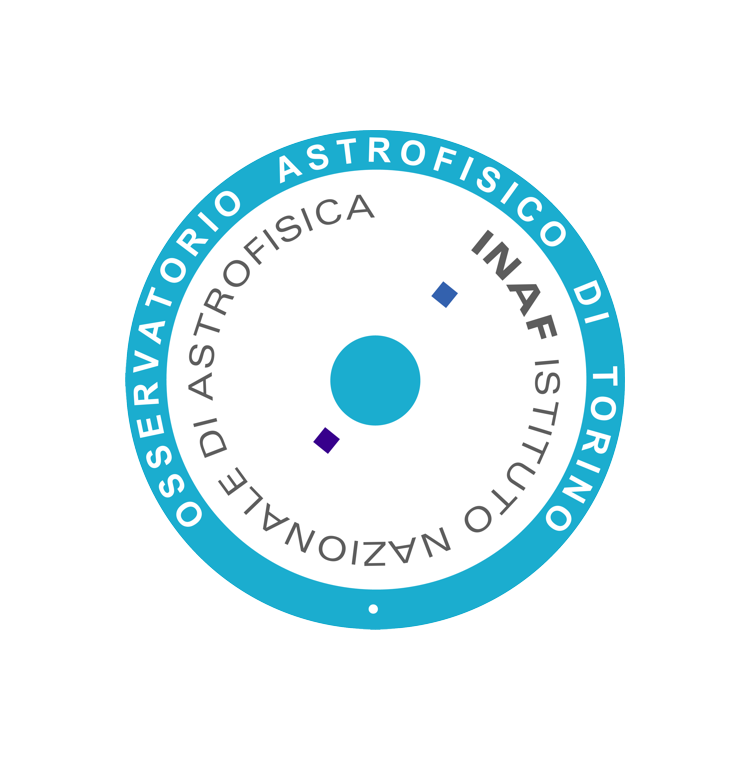Galactic dynamics with Gaia DR3:
A new resonance-like feature in the outer disc of the Milky Way
INAF – Osservatorio Astronomico di Torino
Sala Seminari Villa Magliola
INAF-OATo
Abstract
The Milky Way serves as a benchmark for understanding disk galaxies. It is the only galaxy whose formation history can be studied using the full distribution of stars from white dwarfs to supergiants. With its most recent, data release 3, the Gaia mission has provided complete 6D phase space (position/velocity/distance) information for well over 33 million stars in the Milky Way, while stellar astrophysical parameters are provided for more than 470 million sources. The wealth of data has allowed the mapping of the Milky Way’s velocity field in great detail, to as far as 8kpc from the Sun, including the inner disc.
In this talk, I will highlight our recent works on exploring and identifying non-axisymmetric features in the disc of the Milky Way in both configuration and velocity space using Gaia and the major spectroscopic surveys of the Galaxy. In particular, using a subset of RGB stars with velocities reveals the large-scale kinematic signature of the bar in the inner disc, as well as evidence of streaming motions in the outer disc that might be associated with spiral arms or bar resonances. Additionally, we present evidence of a new resonance-like feature in the outer disc of the Galaxy. The feature is most evident in the angular momentum distribution of the young Classical Cepheids, a population for which we can derive accurate distances over much of the Galactic disc. The distribution of stars in action-configuration space suggests that resonance features are present here as well. The position of the feature in action-configuration space suggests that the new feature may be related to the Galactic bar, but other possibilities are discussed.

Credits: Gaia Collaboration, Drimmel et al. 2022, “Gaia Data Release 3: Mapping the asymmetric disc of the Milky Way”

